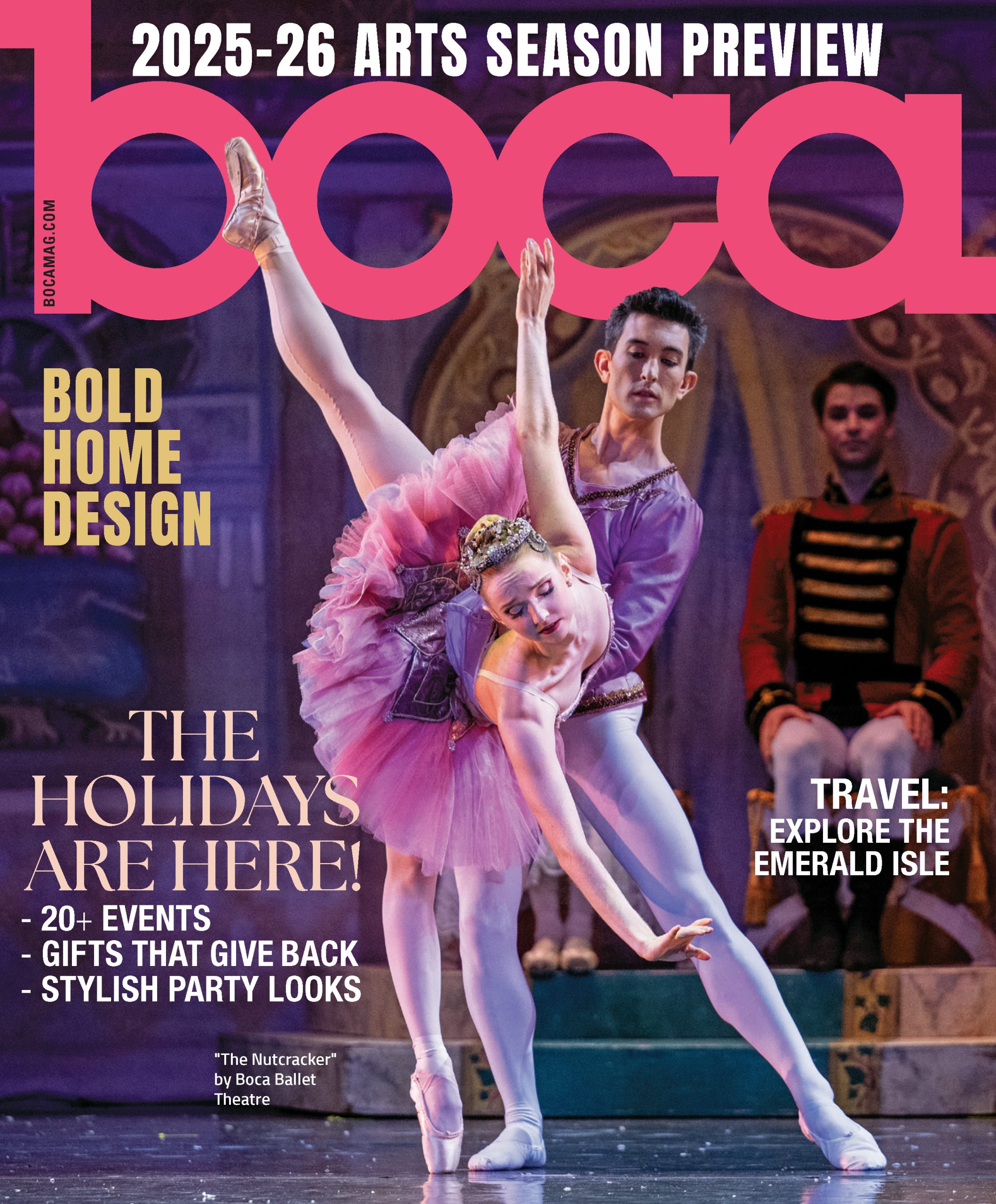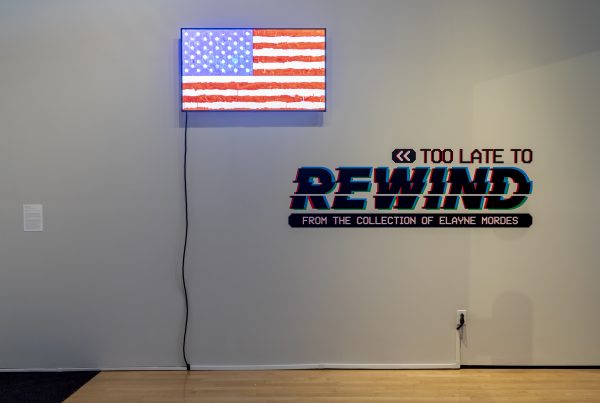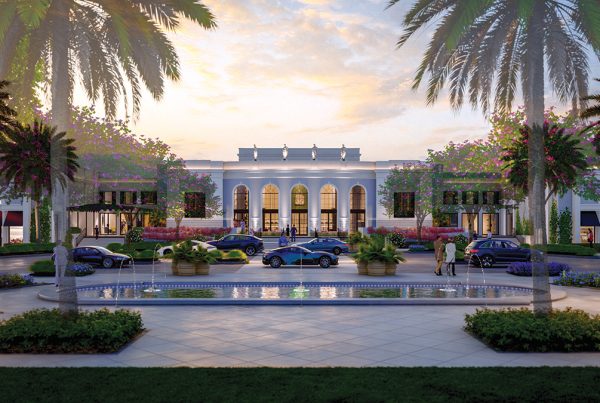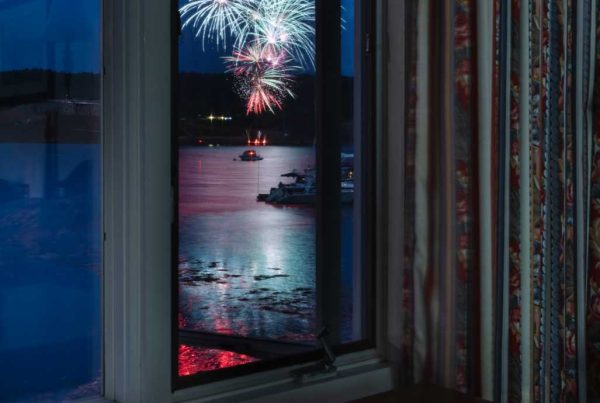For better or worse, South Florida is not in want of suburban housing developments. In her series “Utopia Subdivided,” Weston-based artist Janet Onofrey
focuses on the “worse” part of suburban life, seeing the rows upon rows of identical abodes as comfortable prisons of conformity.
One work in the series, sardonically titled “Ditto,” was selected among the approximately 100 pieces at the 60th annual All Florida Juried Art Competition and Exhibition at the Boca Raton Museum of Art. Displaying a keen eye for perspective and dimensionality, “Ditto” depicts a development of carbon-copy houses stretching on endlessly and blandly, painted directly onto birchwood. The uncolored wood backdrop suggests the purity of nature in what is otherwise an unnatural and provocative backdrop.
Onofrey also is known for her “plein air” paintings as well as watercolor and graphite works on paper, many of them looking at South Florida landscapes in a new light. I spoke to her in the second of our summer interview series on All Florida artists.
What inspired “Ditto” and the “Utopia Subdivided” series it belongs to?
I moved into a cookie-cutter planned community about 15 years ago. Walking around the neighborhoods as a means of exercise, I observed the various methods of separating homes and subdivisions and felt a sense of mass conformity and isolation that I had never encountered before. I began to question this idealistic illusion of safety and securitythat drives people to live their lives in gilded cages. Do residents seek solace behind gates and fences, creating a segregated, class-driven, us-and-them dichotomy which promotes exclusivity?
Inspired by actual scenes, this body of work began as my MFA painting thesis at Savannah College of Art and Design.
In what ways are we brought down by suburban living?
All suburban environments are not alike. But our physical setting affects our attitude, values and perception of the world. In planned communities with strict homeowners associations, residents trade individuality, originality and freedom of expression for the safe, hollow comfort of conformity. With a significant portion of our society equating the “American Dream” with a land developers’ manufactured environment, I question the impact of these aesthetics on the quality of family life, communities and priorities. If children are taught to conform to others’ ideals, how do they learn to think for themselves or learn tolerance in a segregated community? A perfectly manicured neighborhood does not guarantee a perfect lifestyle.
Additionally, many people define who they are by their address, or the make of their car, or the designers’ logo on clothes and accessories. Our consumer-driven media has certainly influenced uncontrollable spending and this recession. But, instead of defining who we are by materialistic means, I suggest we define ourselves by how we treat one another. What a difference it could make.
How has living in South Florida impacted what you draw/paint?
Pittsburgh, Pennsylvania is where I was born, raised and, besides the sport teams, it is known for many more grey, cloudy days than sunshine. South Florida’s constant sunshine lured me outdoors, and I seriously began painting “en plein air” (in the open air.) Painting from direct observation is the ideal way to learn to paint and capture the immediacy of the experience. The flat topography is challenging, but I found the abstract elements of local architecture to captivate and inspire my creativity. I have explored many subjects as diverse as the tropical foliage but return to the architecture that embraces a slice of South Florida’s history, culture and flavor.
To me, the choice of painting these works on unpolished, uncolored birchwood is a harsh statement in itself about the blandness of the milieu – we miss the familiar blue sky.
The oils are painted on clear-gessoed birch panels to signify the inflexibility of construction materials, and the wood grain is exposed to suggest the layers of illusion that permeate this environment. The delusion of perfection implied in this aesthetic is reminiscent of a Disneyland fantasy or a background of a set design for a stage production. The viewer is asked to question what is real or illusion; to alter their consciousness.
When you paint natural settings, as in the plein air works, do you paint them as they are, how you like them to be or a combination?
I am usually intuitively drawn to a subject. Perhaps it’s the abstract shapes of interest, or the light transforming an edge for a few minutes or the atmospheric perspective defining space. Using formal elements, I attempt to control the visual relationships of color, value, line and space to communicate my attraction to the subject matter. It is my personal vision, and I edit out unnecessary distractions in order to enhance my message.
Spending the time to concentrate and know the subject helps to depict it accurately and produce a convincing illusion. This is a personal response and not merely an attempt to duplicate what we see “just like it is.” Even though I can paint with the accuracy of a photographic reproduction, I prefer energy of brushstroke in my work.
I like what you have to say on your website about the “Unseen” series. When we grow so accustomed to familiar places and sites, is it possible for us to really see them as an outsider would? And does the action of painting them change your perspective on these places?
“Really seeing” deals with a transformation of consciousness. It can be an element of personal growth and can apply to every aspect of our lives. Uncontrollable changes in our lives or hardships can trigger a shift of perception. But we all have the capacity to see the familiar in a new light.
My plein air paintings of unspectacular scenes that are routinely overlooked force me to be in the present. The meditative focus between me and the image enhances and honors the experience, which becomes a bit of my personal history. I am also reminded of the passage of time as I observe a shadow travel through my subject as the sun progresses on its path. In a blink of an eye, the art illuminates the object and raises the viewers’ consciousness and field of vision. Intentionally seeing alters the thing that is seen and transforms the seer, never to be the same.






